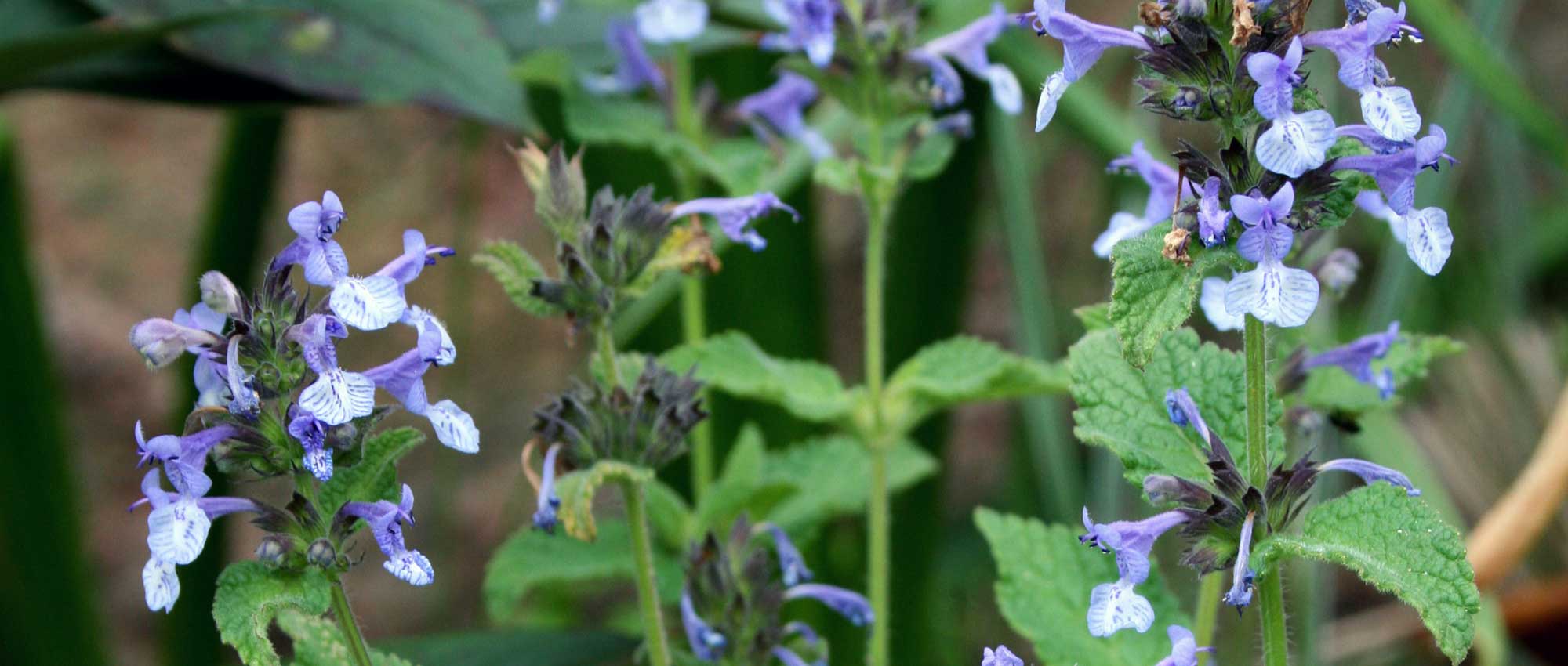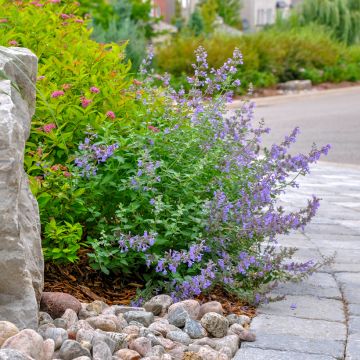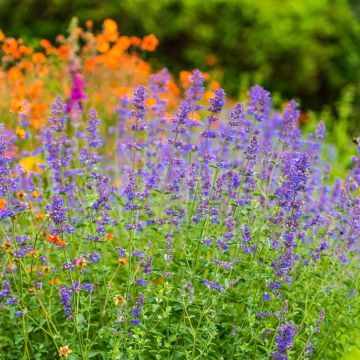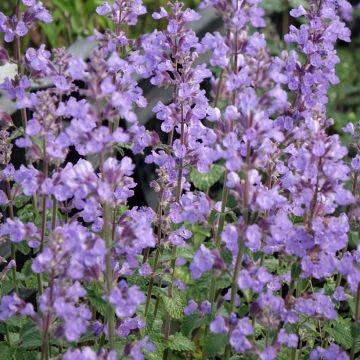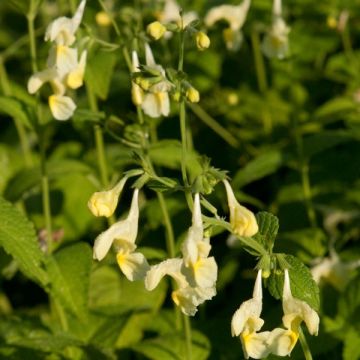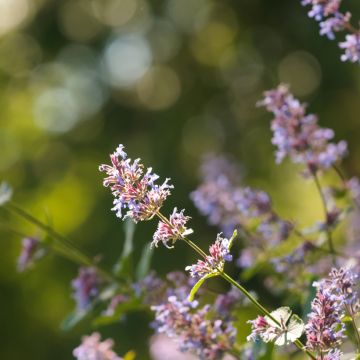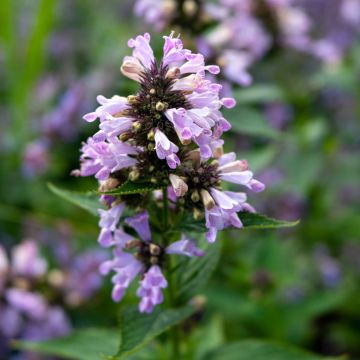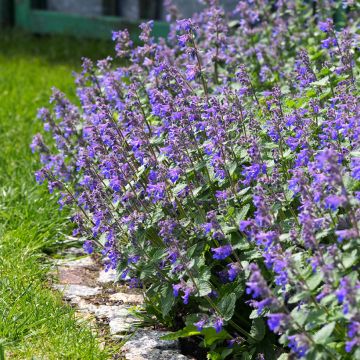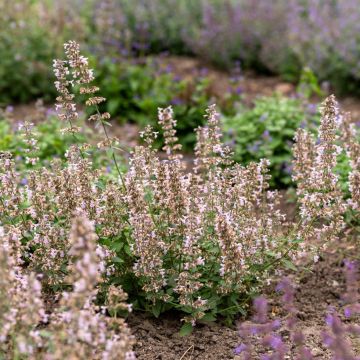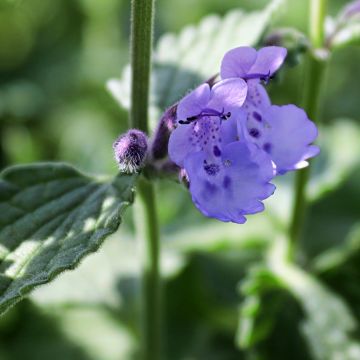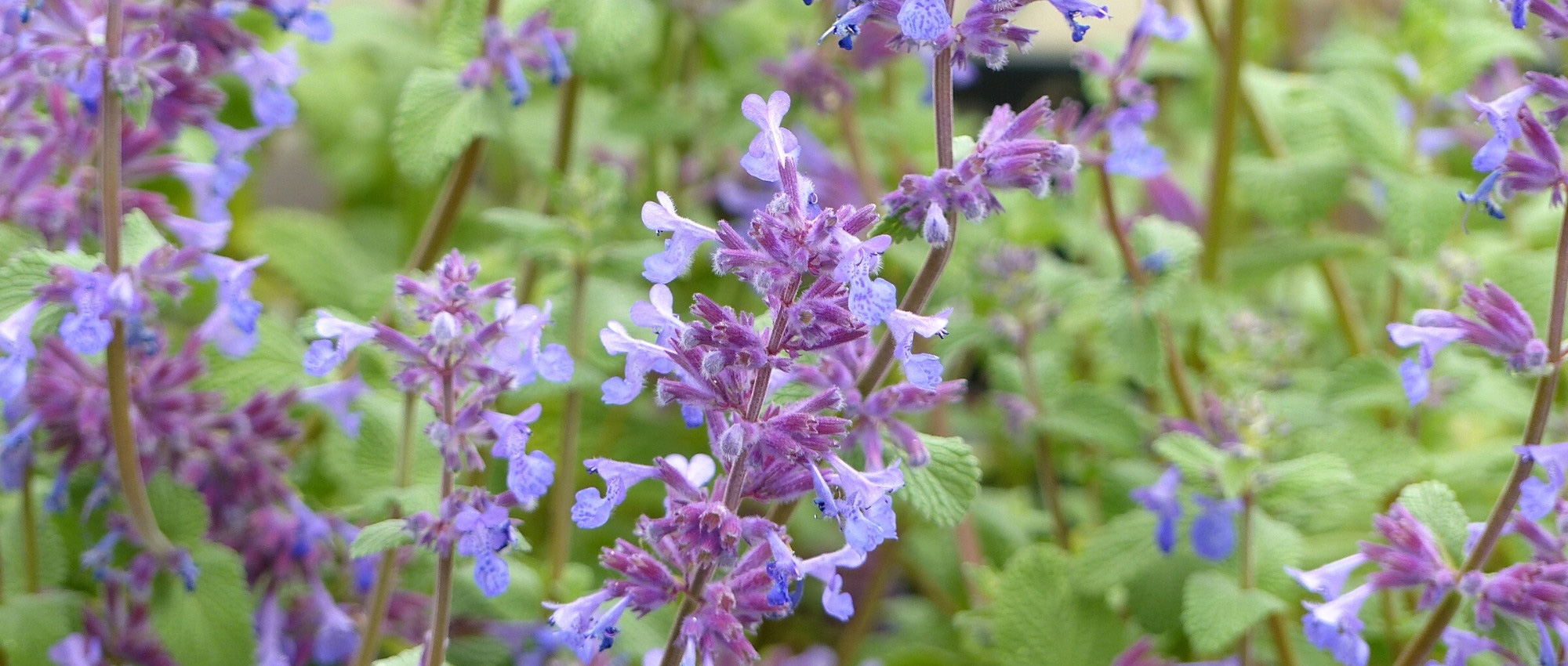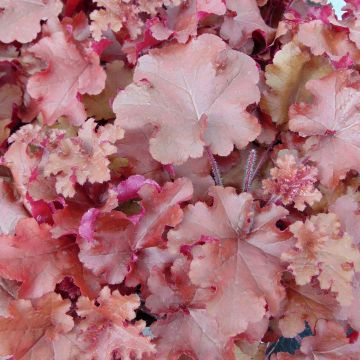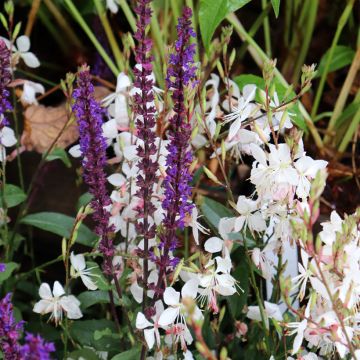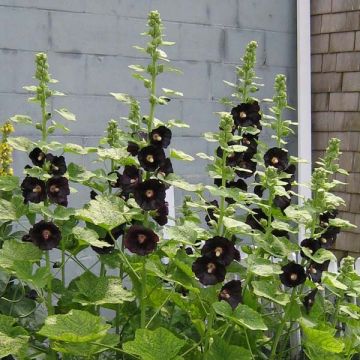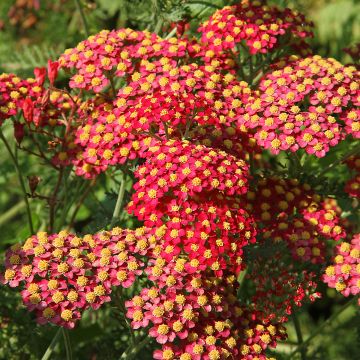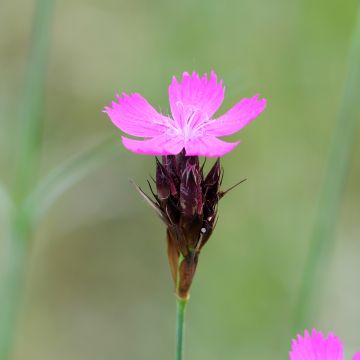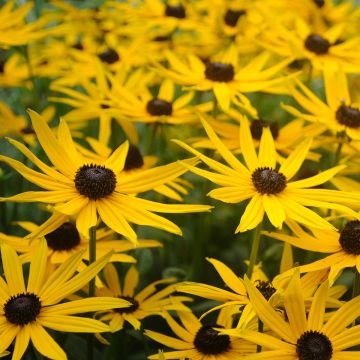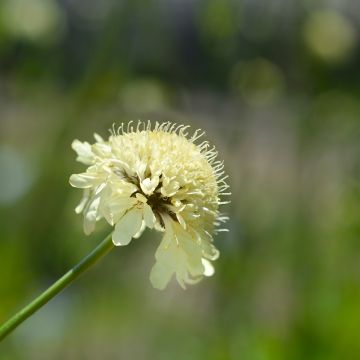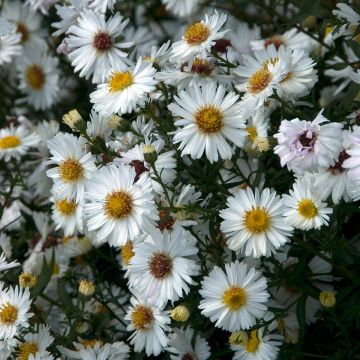

Nepeta faassenii Purrsian Blue - Catnip
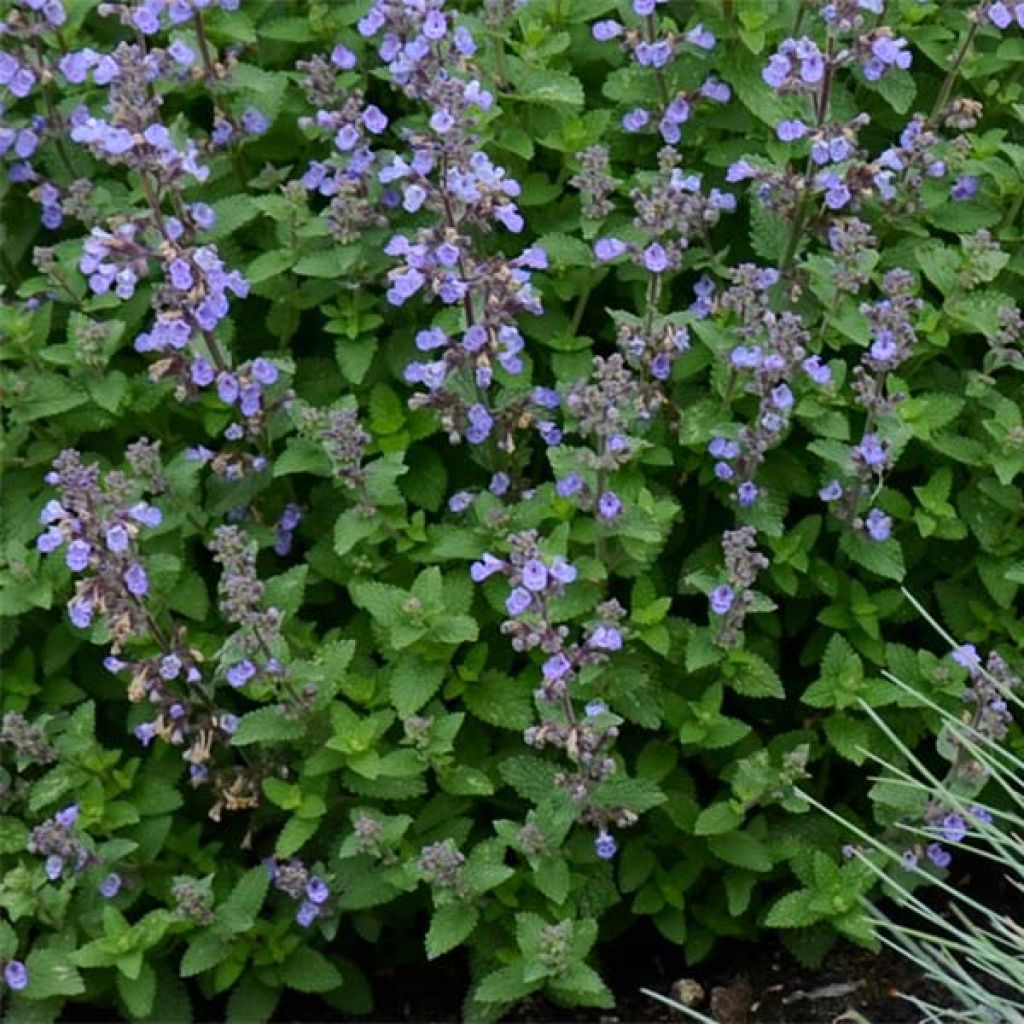

Nepeta faassenii Purrsian Blue - Catnip
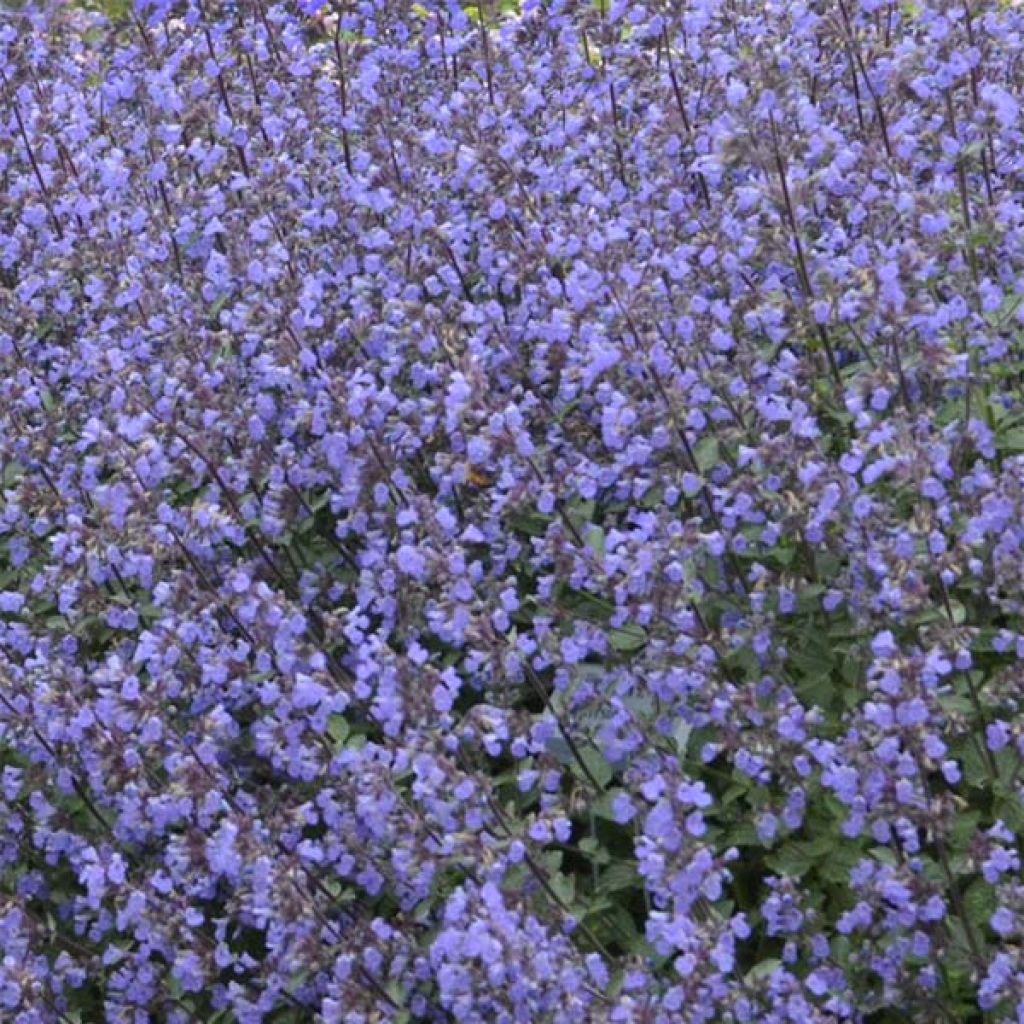

Nepeta faassenii Purrsian Blue - Catnip
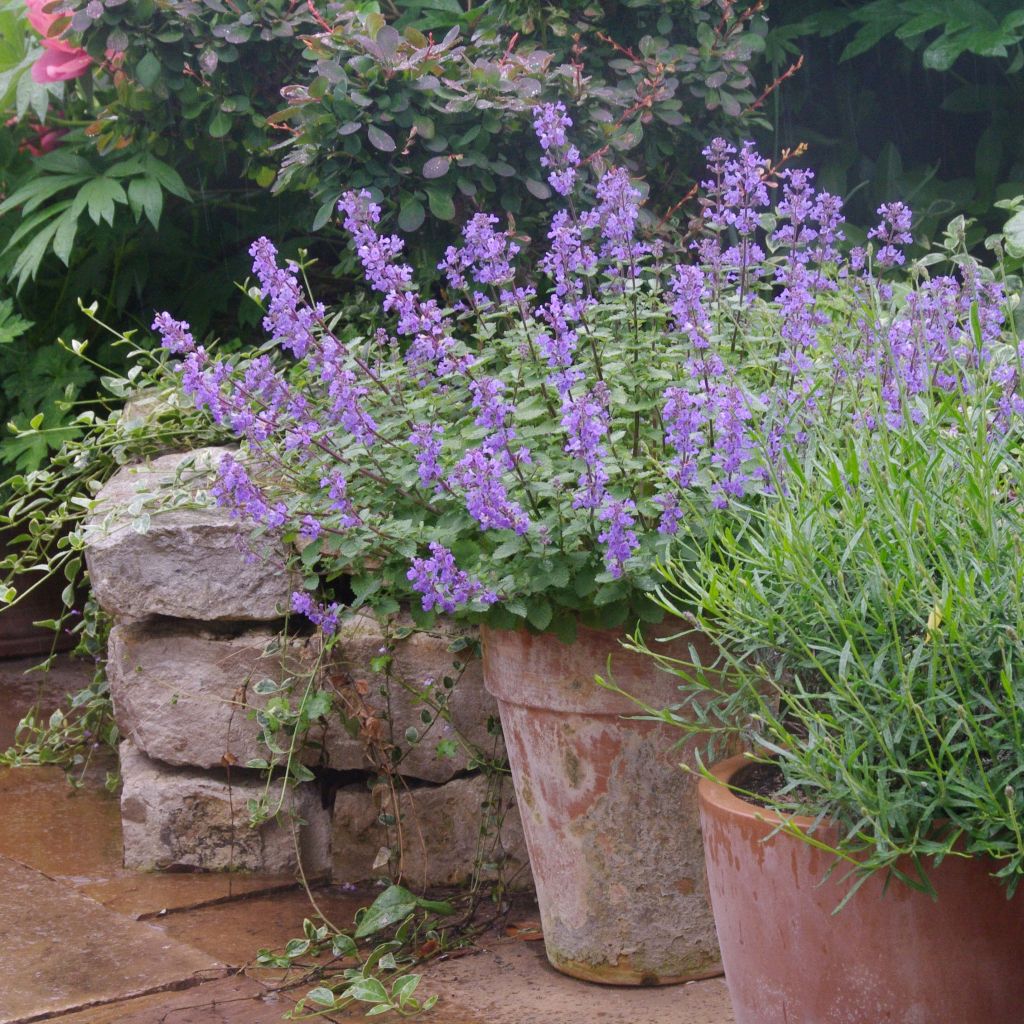

Nepeta faassenii Purrsian Blue - Catnip


Nepeta faassenii Purrsian Blue - Catnip


Nepeta faassenii Purrsian Blue - Catnip
Nepeta faassenii Purrsian Blue - Catnip
Nepeta x faassenii Purrsian Blue
Faassen's catnip, Catmint
Beautiful young plant. Can't wait to see how it grows!
Nancy, 21/05/2025
Special offer!
Receive a €20 voucher for any order over €90 (excluding delivery costs, credit notes, and plastic-free options)!
1- Add your favorite plants to your cart.
2- Once you have reached €90, confirm your order (you can even choose the delivery date!).
3- As soon as your order is shipped, you will receive an email containing your voucher code, valid for 3 months (90 days).
Your voucher is unique and can only be used once, for any order with a minimum value of €20, excluding delivery costs.
Can be combined with other current offers, non-divisible and non-refundable.
Home or relay delivery (depending on size and destination)
Schedule delivery date,
and select date in basket
This plant carries a 12 months recovery warranty
More information
We guarantee the quality of our plants for a full growing cycle, and will replace at our expense any plant that fails to recover under normal climatic and planting conditions.
Would this plant suit my garden?
Set up your Plantfit profile →
Description
Nepeta x faasseni 'Purrsian Blue' is a recent creation, similar to the 'Cat's Meow' catmint, with a particularly compact habit, neat appearance, and even more abundant flowering! It is also distinguished by its deeper blue flowering, a colour mainly due to the dark bracts that surround its small lavender-blue flowers. Its rather dark green foliage releases a unique fragrance when touched, which is intensified in hot and dry weather. It forms beautiful borders, flowering for more than 5 months. It pairs wonderfully with stones, and allows for beautiful potted arrangements.
Nepeta x faassenii is adored by cats! It is a perennial belonging to the Lamiaceae family, resulting from the cross-breeding of Nepeta racemosa and N. nepetella, native to central and southern Europe. This horticultural creation has given rise to many very interesting varieties for gardens, including 'Purrsian Blue' which is the subject here. It is a bushy, ramified perennial, with a compact and spreading habit, forming a 30 to 35cm (12 to 14in) tuft when in flower, occupying up to 40cm (16in) of ground space. The foliage is deciduous to semi-evergreen. In spring, it forms a cushion covered with small velvety, fairly dark green leaves with toothed edges, which emit a curious fragrance when crushed, evoking a mixture of buckwheat pancakes, mint, and animal musk. It flowers from June (sometimes earlier in favourable climates) to October, with a short resting period in case of summer drought. It is covered with a profusion of long, flexible spikes adorned with tiny periwinkle-blue flowers with purple-smoky bracts. The flowers are popular with pollinating insects. If faded flowers are removed, it regenerates new, dense foliage and produces another flowering.
Its legendary frugality, generous flowering, and well-groomed appearance make Nepeta 'Purrsian Blue' an essential plant for dry gardens. It is incredibly easy to plant in containers. It is superb in rockeries or on walls. Combine it in borders with yellow phlomis, ballota, or red shrubby salvias. Nepetas are traditionally good companions for old roses, with which they form a romantic and refined marriage.
Nepeta faassenii Purrsian Blue - Catnip in pictures
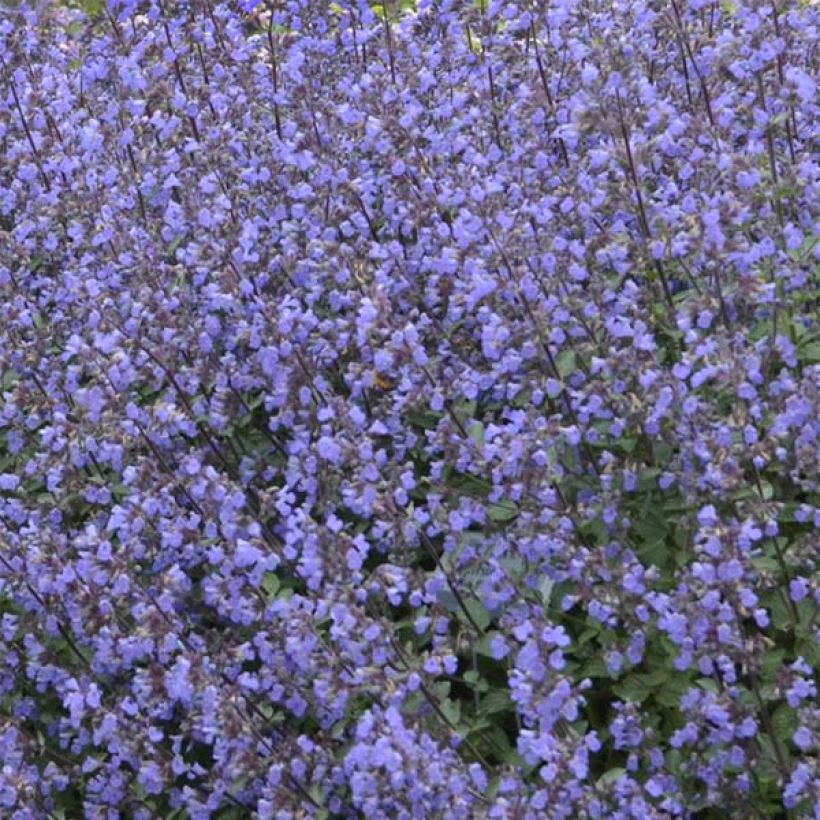

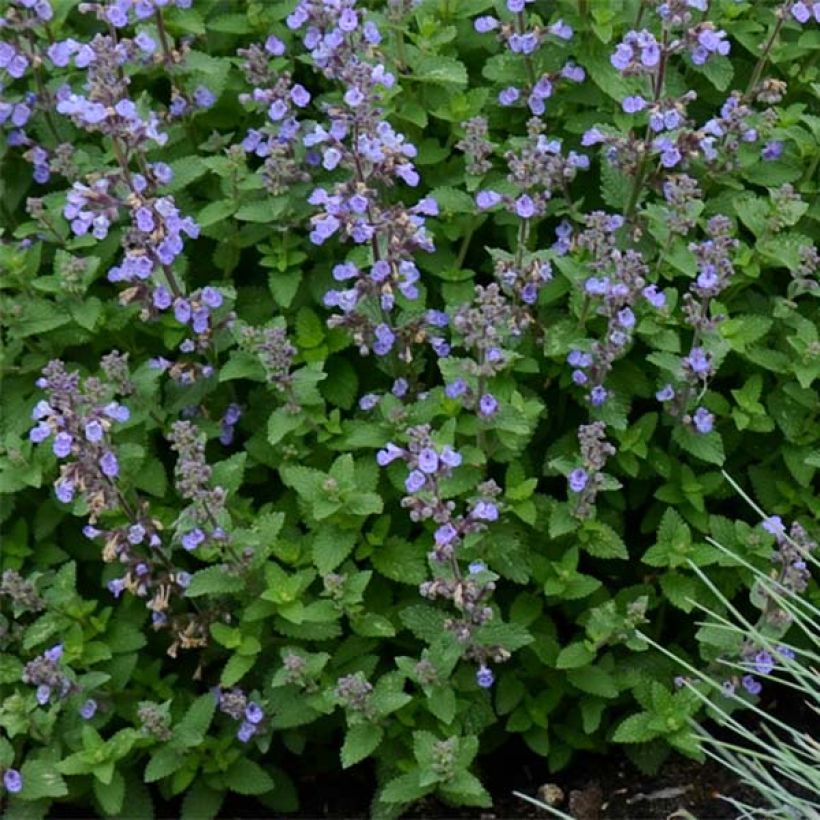

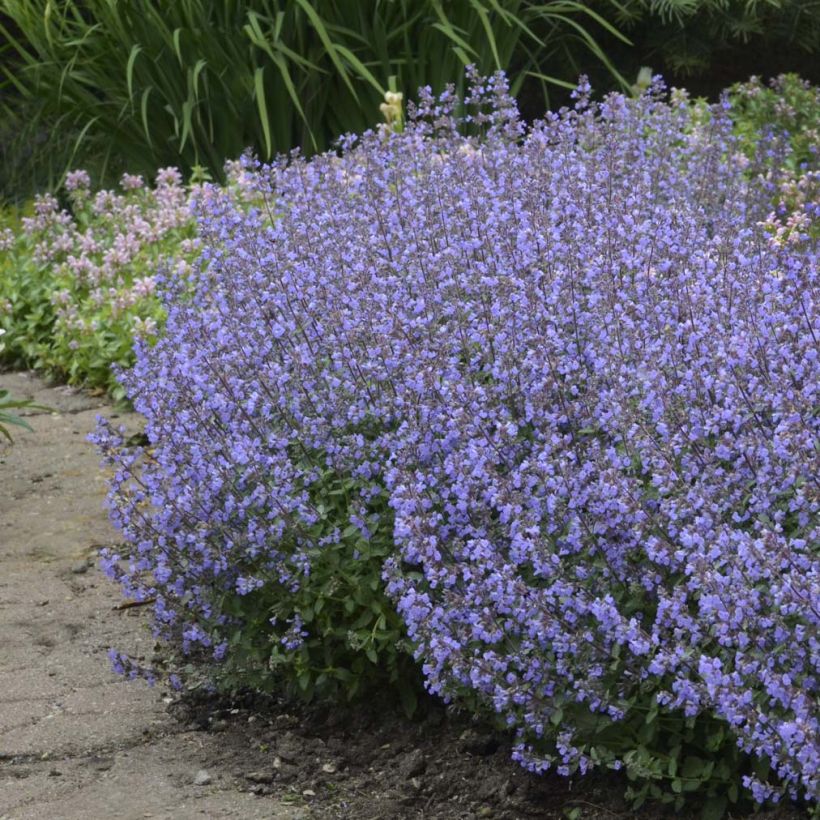

Flowering
Foliage
Plant habit
Botanical data
Nepeta
x faassenii
Purrsian Blue
Lamiaceae
Faassen's catnip, Catmint
Cultivar or hybrid
Other Nepeta - Catnip
View all →Planting and care
Nepeta 'Purrsian Blue' prefers light, well-drained soils, even poor, limestone and stony ones. This very hardy plant can die in winter in waterlogged soil. In heavy soil, raise the planting by placing it in a rockery, above a wall, or in a raised bed whose soil is enriched with draining materials. Plant in full sun.
Planting period
Intended location
Care
Planting & care advice
-
, onOrder confirmed
Reply from on Promesse de fleurs
Similar products
Haven't found what you were looking for?
Hardiness is the lowest winter temperature a plant can endure without suffering serious damage or even dying. However, hardiness is affected by location (a sheltered area, such as a patio), protection (winter cover) and soil type (hardiness is improved by well-drained soil).

Photo Sharing Terms & Conditions
In order to encourage gardeners to interact and share their experiences, Promesse de fleurs offers various media enabling content to be uploaded onto its Site - in particular via the ‘Photo sharing’ module.
The User agrees to refrain from:
- Posting any content that is illegal, prejudicial, insulting, racist, inciteful to hatred, revisionist, contrary to public decency, that infringes on privacy or on the privacy rights of third parties, in particular the publicity rights of persons and goods, intellectual property rights, or the right to privacy.
- Submitting content on behalf of a third party;
- Impersonate the identity of a third party and/or publish any personal information about a third party;
In general, the User undertakes to refrain from any unethical behaviour.
All Content (in particular text, comments, files, images, photos, videos, creative works, etc.), which may be subject to property or intellectual property rights, image or other private rights, shall remain the property of the User, subject to the limited rights granted by the terms of the licence granted by Promesse de fleurs as stated below. Users are at liberty to publish or not to publish such Content on the Site, notably via the ‘Photo Sharing’ facility, and accept that this Content shall be made public and freely accessible, notably on the Internet.
Users further acknowledge, undertake to have ,and guarantee that they hold all necessary rights and permissions to publish such material on the Site, in particular with regard to the legislation in force pertaining to any privacy, property, intellectual property, image, or contractual rights, or rights of any other nature. By publishing such Content on the Site, Users acknowledge accepting full liability as publishers of the Content within the meaning of the law, and grant Promesse de fleurs, free of charge, an inclusive, worldwide licence for the said Content for the entire duration of its publication, including all reproduction, representation, up/downloading, displaying, performing, transmission, and storage rights.
Users also grant permission for their name to be linked to the Content and accept that this link may not always be made available.
By engaging in posting material, Users consent to their Content becoming automatically accessible on the Internet, in particular on other sites and/or blogs and/or web pages of the Promesse de fleurs site, including in particular social pages and the Promesse de fleurs catalogue.
Users may secure the removal of entrusted content free of charge by issuing a simple request via our contact form.
The flowering period indicated on our website applies to countries and regions located in USDA zone 8 (France, the United Kingdom, Ireland, the Netherlands, etc.)
It will vary according to where you live:
- In zones 9 to 10 (Italy, Spain, Greece, etc.), flowering will occur about 2 to 4 weeks earlier.
- In zones 6 to 7 (Germany, Poland, Slovenia, and lower mountainous regions), flowering will be delayed by 2 to 3 weeks.
- In zone 5 (Central Europe, Scandinavia), blooming will be delayed by 3 to 5 weeks.
In temperate climates, pruning of spring-flowering shrubs (forsythia, spireas, etc.) should be done just after flowering.
Pruning of summer-flowering shrubs (Indian Lilac, Perovskia, etc.) can be done in winter or spring.
In cold regions as well as with frost-sensitive plants, avoid pruning too early when severe frosts may still occur.
The planting period indicated on our website applies to countries and regions located in USDA zone 8 (France, United Kingdom, Ireland, Netherlands).
It will vary according to where you live:
- In Mediterranean zones (Marseille, Madrid, Milan, etc.), autumn and winter are the best planting periods.
- In continental zones (Strasbourg, Munich, Vienna, etc.), delay planting by 2 to 3 weeks in spring and bring it forward by 2 to 4 weeks in autumn.
- In mountainous regions (the Alps, Pyrenees, Carpathians, etc.), it is best to plant in late spring (May-June) or late summer (August-September).
The harvesting period indicated on our website applies to countries and regions in USDA zone 8 (France, England, Ireland, the Netherlands).
In colder areas (Scandinavia, Poland, Austria...) fruit and vegetable harvests are likely to be delayed by 3-4 weeks.
In warmer areas (Italy, Spain, Greece, etc.), harvesting will probably take place earlier, depending on weather conditions.
The sowing periods indicated on our website apply to countries and regions within USDA Zone 8 (France, UK, Ireland, Netherlands).
In colder areas (Scandinavia, Poland, Austria...), delay any outdoor sowing by 3-4 weeks, or sow under glass.
In warmer climes (Italy, Spain, Greece, etc.), bring outdoor sowing forward by a few weeks.






























